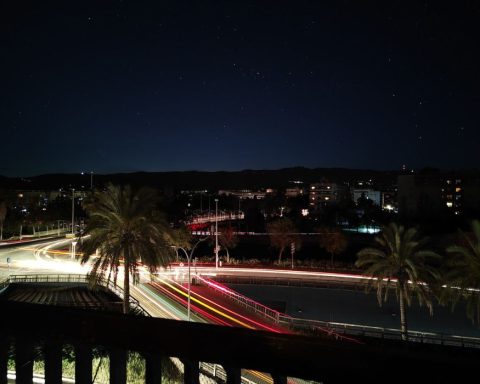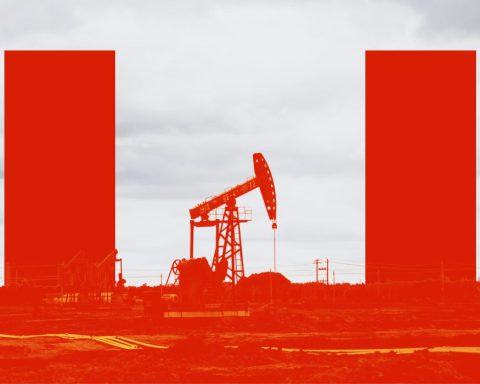For decades, policymakers and energy planners have operated under a simple assumption: modern development requires a national power grid. The industrialized world was built on centralized energy infrastructure – massive plants, sprawling transmission networks, tightly controlled by state-backed utilities. In Africa, this model has failed spectacularly. More than 600 million people in Africa still lack electricity. That’s nearly eight out of every 10 people. And the cost of extending national grids across vast rural areas is simply prohibitive. The answer isn’t to wait for the old system to catch up; the answer is to bypass it altogether.
Off-grid solar power does what national grids have failed to do. It delivers energy directly to the people who need it most. Built around solar panels, battery storage, charge controllers and inverters, these systems operate autonomously, free from state-run utilities or failing transmission lines. Financing models have accelerated the shift, making solar power affordable even for low-income households. With pay-as-you-go plans, families can make small daily or weekly payments through mobile money services, gaining access to power for as little as 50 cents a day. “If you treat low-income people as customers, not charity cases, you can change the world,” Jesse Moore, co-founder and CEO of M-KOPA, a leading provider of pay-as-you-go solar home systems, told Bloomberg.
This isn’t just about keeping the lights on at home. Off-grid solar is powering small businesses, health clinics and farms, turning energy access into economic growth. In Tanzania, solar-powered irrigation systems are increasing agricultural yields and reducing reliance on expensive diesel-powered pumps. In Uganda, solar microgrids are electrifying entire marketplaces, allowing businesses to stay open after dark. In Kenya, off-grid solar is fuelling the continent’s mobile banking revolution, enabling people to power their phones and participate in the digital economy.
This transformation isn’t the result of charity or government handouts. It’s a market-driven revolution. Companies like M-KOPA, Bboxx and d.light have built thriving businesses around providing off-grid solar to households and small enterprises. While upfront costs of installation still present a barrier to widespread adoption, the uptake is escalating. Off-grid solar solutions now serve more than 400 million people worldwide. In Africa, mini-grids are expanding rapidly – 62 are fully operational, with another 28 under construction – as part of a push to close the energy-access gap. The World Bank projects that mini-grids – localized, independent power networks capable of supplying entire villages – could provide electricity to 380 million Africans by 2030.
Countries like Nigeria, Rwanda and Tanzania are showing that mini-grid technology isn’t just viable – it’s better. “While Africa remains the least electrified continent, it also has the biggest potential for solar mini-grid deployment,” said Gabriela Elizondo Azuela, manager of the World Bank’s Energy Sector Management Assistance Program, in a World Bank press release. That potential is being realized, but to scale further it requires investment and commitment from both the private and public sectors.
Kenya’s Lake Turkana Wind Power project, the largest wind farm in Africa, exemplifies the continent’s ability to scale renewable-energy solutions. It provides nearly 15% of Kenya’s electricity, proving that renewables aren’t a niche technology – they’re the backbone of a modern energy economy. Meanwhile, Kenya’s geothermal sector quietly powers more than 40% of the country’s electricity.
Despite the momentum, Africa remains critically underfunded in its energy transition. In 2022, the continent received a paltry 2% of global clean energy investment, despite having some of the world’s most promising solar and wind potential. The International Energy Agency estimates that Africa needs at least US $190 billion annually from 2026 to 2030 to meet its energy and climate goals. Yet investors continue to pour billions into fossil-fuel-based projects around the world while ignoring the world’s fastest-growing clean energy market.
While policymakers in Washington and Brussels argue over subsidies and carbon credits, Africa is proving that a decentralized, renewable-first energy system isn’t just possible – it’s preferable.





